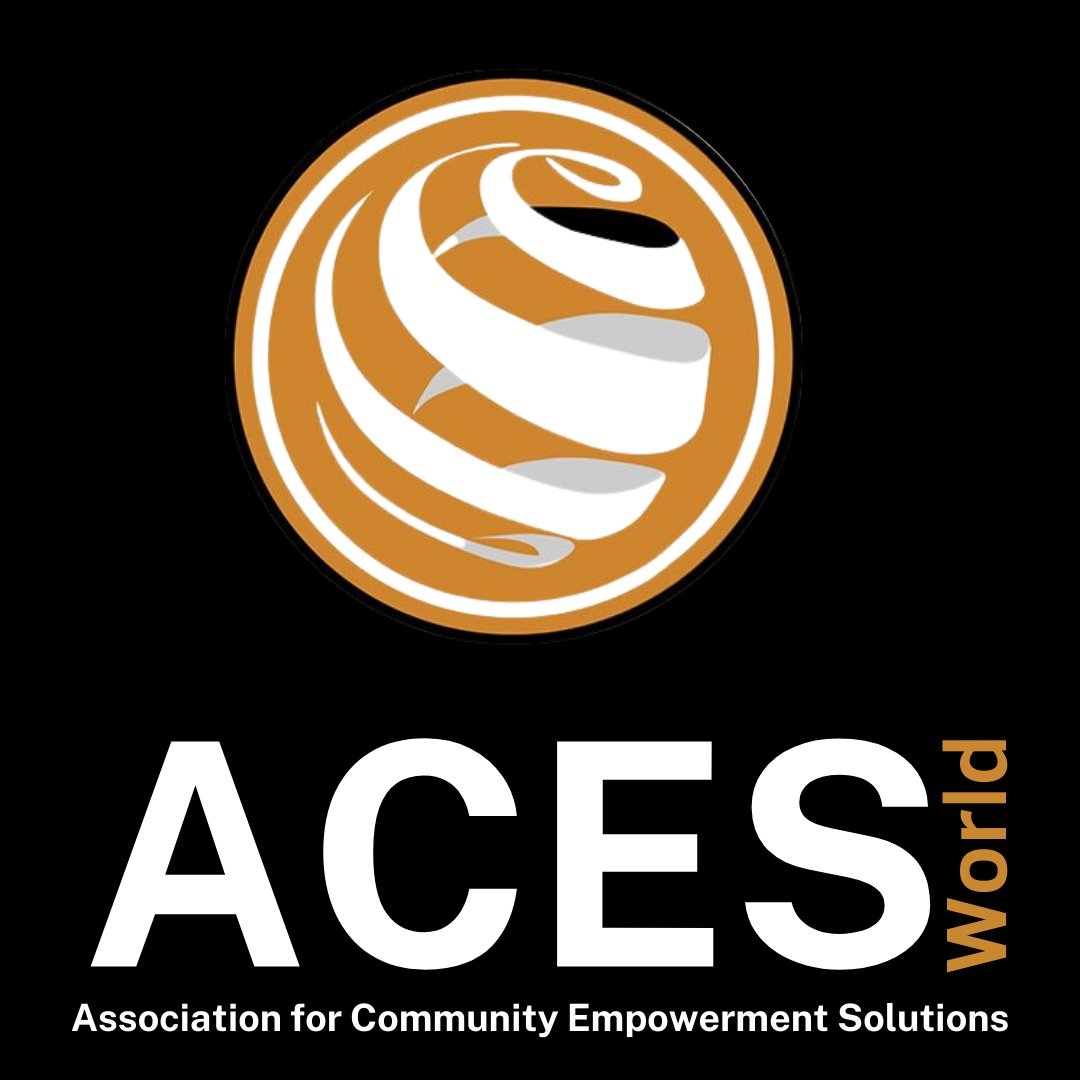Reusable sanitary pads - a sustainable approach to period poverty
Girls make reusable pads at ASK4Girls Club session 3
Author: Eve Pölkki
“Every month, 1.8 billion people across the world menstruate” (UNICEF nd). Yet millions are unable to afford proper menstrual products, restricting their lives and disrupting daily activities and school. This is reflected in survey responses of participants in ASK4Girls sessions in Kwaakuri, Ghana, as 96 percent of participants responded that they had experienced wanting to buy disposable pads but were unable to do so. 94 percent have missed school due to their periods. Without access to hygienic products, many turn to less hygienic alternatives, such as old pieces of cloth or even dry leaves, which pose an increased health risk (Kaur et al. 2018). Period poverty affects millions of people worldwide, yet menstrual products continue to be taxed in most countries and the global market value of feminine hygiene products was estimated at 31960 million USD in 2022 (Industry Research 2022).
In addition to high costs, traditional menstrual products, such as disposable pads, have a significant environmental impact. Most people go through several disposable pads per day during menstruation, and “tampons, pads, and panty liners, their packaging, and wrapping generate more than 200,000 metric tons of waste annually” (Rodriques 2021). As disposable pads are made of a significant amount of plastic, it is estimated that they take 500 to 800 years to
degrade back into the environment (Harrison and Tyson 2022). As a result, more sustainable options have increasingly entered the market in the last decade, including menstrual cups, period underwear, and reusable pads.
However, even as these sustainable alternatives have become increasingly available, they are often priced to reflect the ‘investment’ nature of the products. For example the cost of period underwear ranges from 15 to 50 USD and consumers would generally need more than one pair to manage the entire duration of their period. Therefore, sustainable alternatives can also contribute to the issue of period poverty.
ACESWorld and the ASK4Girls club have approached this issue by teaching girls how to sew their own reusable pads. This not only teaches girls a new life skill, but allows them to take direct control over their body and their lives. The program has been well received and many of the girls have openly voiced the positive impact of having the tools to confidently manage their periods. Overall, there is an ongoing need for improved access to affordable products and sustainable alternatives to commercial brands, to eliminate period poverty in an environmentally friendly manner.
References:
“Global Feminine Hygiene Products Industry Research Report, Growth Trends and Competitive Analysis 2022-2028.” Industry Research, September 29, 2022. Accessed October 20, 2022. https://www.industryresearch.co/global-feminine-hygiene-products-industry-21779498.
Harrison, Megan E., and Nichole Tyson. “Menstruation: Environmental Impact and Need for Global Health Equity.” International Journal of Gynecology & Obstetrics, 2022. https://doi.org/10.1002/ijgo.14311.
Kaur, Rajanbir, Kanwaljit Kaur, and Rajinder Kaur. “Menstrual Hygiene, Management, and Waste Disposal: Practices and Challenges Faced by Girls/Women of Developing Countries.” Journal of Environmental and Public Health 2018 (2018): 1–9. https://doi.org/10.1155/2018/1730964.
“Menstrual Hygiene.” UNICEF. Accessed October 22, 2022. https://www.unicef.org/wash/menstrual-hygiene.
Rodriguez, Leah. “Which Period Products Are Best for the Environment?” Global Citizen, May 27, 2021. Accessed October 20, 2022. https://www.globalcitizen.org/en/content/best-period-products-for-the-environment/.

